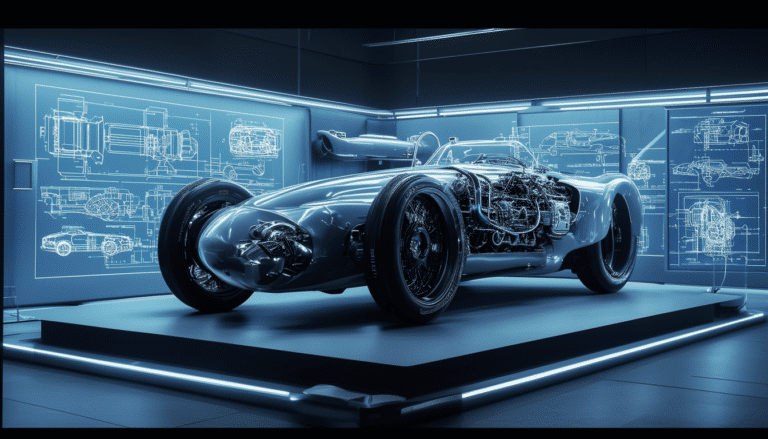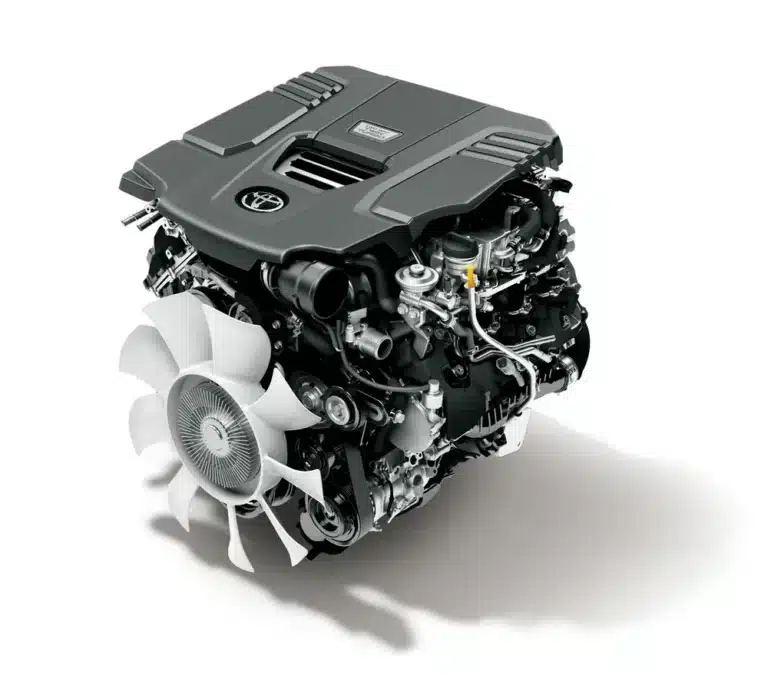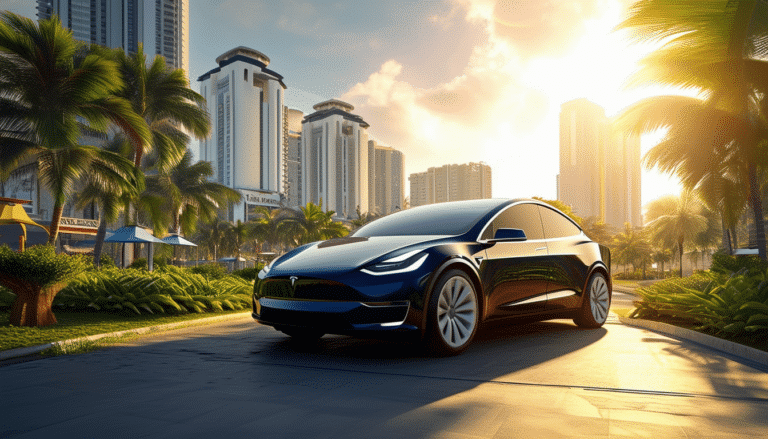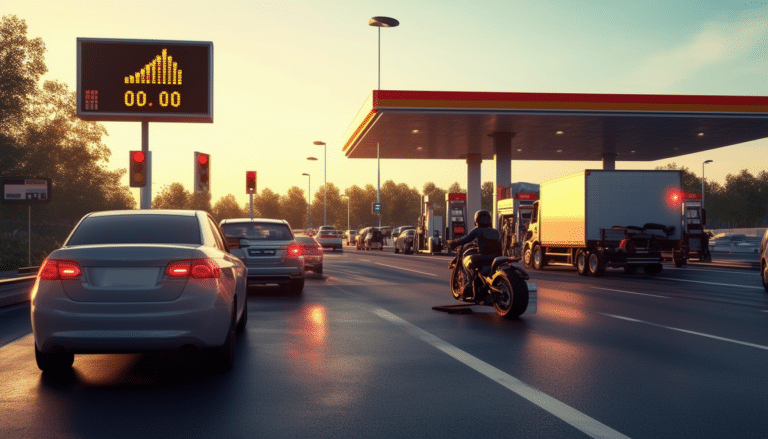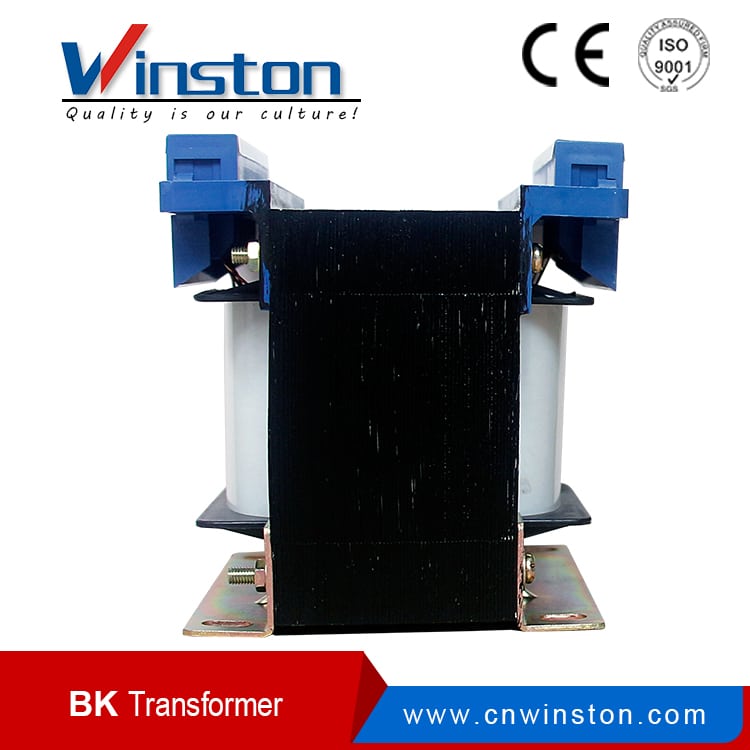Revolutionizing Automotive: An Innovative Engine that Runs on Water Instead of Electricity

Currently, the automotive industry is experiencing a radical shift with the introduction of an innovative engine that operates using water, promising to redefine the future of transportation. In this landscape of technological advancement, this engine stands out as a more sustainable and efficient alternative compared to traditional electric vehicles. The ability to use water as a primary energy source represents a transformation in the search for clean and eco-friendly solutions, reflecting a commitment to a positive environmental impact.
In a world that is moving towards cleaner energy sources, a new type of engine is emerging, promising to change the perspective on sustainable mobility. This engine challenges current conventions, not only eliminating dependence on fossil fuels but also on electricity, using water as its main energy source.
The Search for Sustainable Alternatives
As interest in eco-friendly solutions in the automotive sector intensifies, the engine that uses water presents itself as an unexpected and revolutionary alternative. By employing water, this system proposes a propulsion method that generates minimal waste, making plausible a future where the environmental impact of transportation can be significantly minimized.
How the Water Engine Works
The principle behind this engine is the use of water as a primary energy source. Through a process of electrolysis, water is split into hydrogen and oxygen. Then, these elements are recombined within the engine, producing clean energy. This cycle is not only efficient but also capable of generating powers comparable to those of modern electric motors.
Comparison with Electric Cars
This innovative engine that runs on water presents a serious alternative to electric cars, which until now have led the transition towards sustainable transportation. Unlike electric vehicles that depend on batteries, this new engine utilizes a more conventional infrastructure, eliminating the need for an extensive charging network.
The Potential of the Water Engine
By developing a water engine that can achieve over 400 horsepower, the potential to revolutionize the industry is immense. This technology also leverages existing infrastructure, making mass implementation and rapid adoption easier without the need for substantial investment in new facilities.
Towards a Future of Clean Mobility
The water engine is shaping up to be a viable solution on the path towards cleaner transportation. By offering performance similar to electric motors and with a simpler infrastructure, it promotes a shift towards zero-emission transportation. This advancement could be crucial for sectors such as long-distance transportation and other industries seeking a sustainable mobility solution.
Discover more about innovations in engines here, and about vehicles with V12 engines and innovative diesel engines.
Conclusion: A New Horizon in Sustainable Mobility
The development of an innovative engine that uses water instead of fossil fuels or electricity represents a significant revolution in the automotive industry. This advancement not only challenges the current status quo by offering a viable alternative to electric motors but also paves the way for much more sustainable mobility. By employing water as a primary energy source, it addresses the problem of limited resources and polluting emissions, offering, in turn, an almost entirely clean solution.
The possibility that water could become a key player in the arena of global transportation undoubtedly depends on the industry’s capacity to adapt its existing infrastructures and promote the large-scale adoption of this technology. However, the potential benefits are undeniable. By reducing reliance on charging stations and drastically cutting emissions, water-powered engines could transform how and where we travel, establishing a new standard for efficiency and resource conservation.
Nonetheless, the implementation of this technology still faces certain challenges. It is crucial that further advancements are made in optimizing these engines to ensure consistent performance that is accessible to the general public. Additionally, managing technical and economic aspects will be vital to ensure that this technology becomes a primary option rather than just an alternative.
Ultimately, this invention represents a bold step towards a future where mobility is not only efficient but also environmentally friendly. With a focus on innovations like this engine, the path towards cleaner and more accessible transportation appears clearer than ever. The automotive revolution is here, and the use of water as a primary fuel could be the key to a sustainable future in the transportation sector. The responsibility now lies with the industry to realize this potential fully, ensuring that this innovative technology transforms mobility on a global scale.

